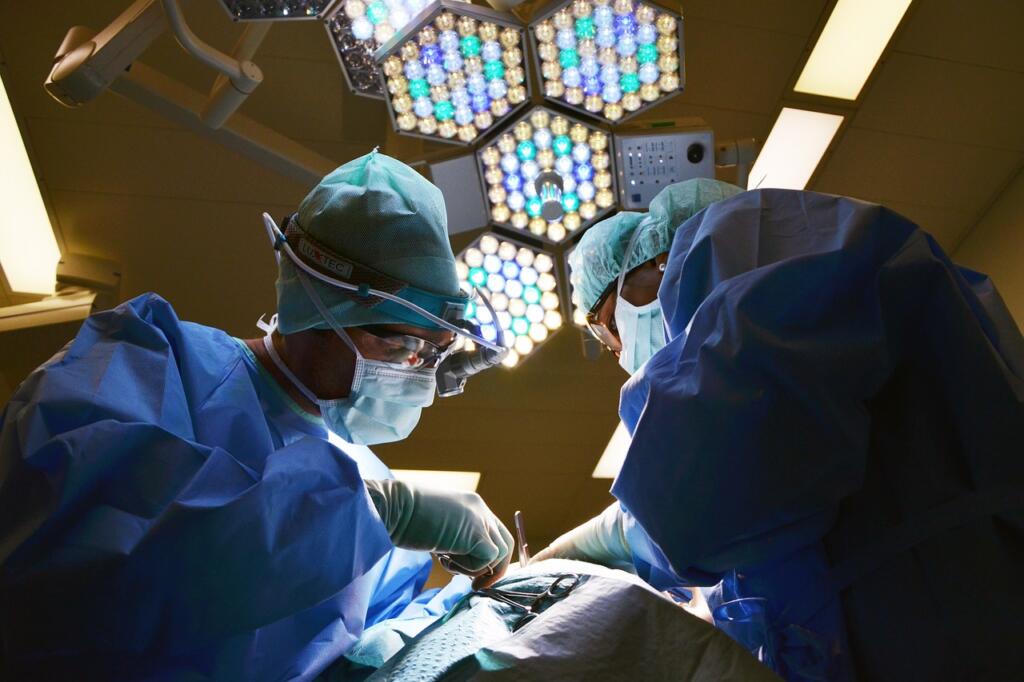Donation Essentials Blog
Quick Organ and Tissue Transplant History
Organ and tissue transplantation in the U.S. has a long, groundbreaking history dating back over 150 years. From the first skin graft in 1869 to the first successful kidney transplant in 1954, medical advances have transformed the way lives are saved and healed every day. We’ll explore milestones in organ, eye and tissue donation that continue to shape modern transplantation.
Tissue Transplants Came First
Did you know the first U.S. tissue bank was established by the Navy in 1949? While tissue transplants date back to the 1800s, storing them for later use didn’t start until then. Today, over 120 accredited tissue banks nationwide continue to innovate, saving and healing millions every year.
Organ Transplant History: Living Donation Preceded Deceased Donation
The first successful kidney transplant took place in Boston in 1954, when Dr. Joseph Murray transplanted a kidney from Ronald Herrick to his identical twin brother. The number of kidney transplants has continued to increase since, with over 25,000 performed annually in recent year Today, living donation remains a vital option for patients on the waiting list. Learn more about how to become a living donor.
Organ Transplant History: Deceased Donation Quickly Followed
Organ transplant history is not linear. The advent of deceased organ donation and transplant had some of its beginnings in Colorado. Successful organ recoveries from deceased donors began in 1962 with the first deceased donor kidney transplant in Boston. However, it wasn’t until 1967, when Dr. Thomas Starzl performed the first successful liver transplant at the University of Colorado Health Sciences Center in Denver. With deceased donors able to donate lifesaving organs to up to eight different individuals, deceased donation quickly overtook living donation in the number of transplants. In 2024, the United States achieved a record 48,149 organ transplants, marking a 3.3% increase from the previous year. This milestone underscores the growing success and reach of organ transplantation efforts nationwide.
In remarking the history of deceased donation For Stef, a Donor  Family Coordinator at Donor Alliance, organ donation is deeply personal. Years before joining Donor Alliance, Stef faced unimaginable loss when her older brother Max passed away. In her grief, her family honored Max’s generous spirit by saying ‘yes’ to organ, eye, and tissue donation. Max went on to save five lives and provide healing to many more. “There’s some comfort knowing that your person is out there somewhere and that your person directly ensured somebody else was going to live, which is just so cool,” Stef shared.
Family Coordinator at Donor Alliance, organ donation is deeply personal. Years before joining Donor Alliance, Stef faced unimaginable loss when her older brother Max passed away. In her grief, her family honored Max’s generous spirit by saying ‘yes’ to organ, eye, and tissue donation. Max went on to save five lives and provide healing to many more. “There’s some comfort knowing that your person is out there somewhere and that your person directly ensured somebody else was going to live, which is just so cool,” Stef shared.
Today, Stef helps families navigate the complex emotions surrounding donation through her work at Donor Alliance. From the earliest days of transplant history to the lives saved today, organ donation continues to transform grief into hope. Read Stef’s full story here.
Uniform Anatomical Gift Act Enacted
The Uniform Anatomical Gift Act (UAGA) was first enacted in 1968 to create a standard legal framework for organ and tissue donation in the U.S. It was revised in 1987 and again in 2006. All 50 states and D.C. have adopted some version of the UAGA, with Colorado and Wyoming using the 2006 revision. The 2006 update simplified donation, allowing consent through driver’s licenses, advance directives, or online registries. It also clarified individual rights and strengthened the legal standing of donation choices. Overall, the UAGA has helped standardize and guide organ and tissue donation nationwide. The adoption of the UAGA:
- Allows individuals to make an anatomical (or bodily) gift to be effective after death
- Establishes donor registries (like signing up on the Donate Life Colorado or Wyoming donor registry) as a valid document of gift (official, sworn statement confirming the gift)
- Makes registries first-person authorization, advance directives (like a will)
- Creates a list of legal next of kin who may authorize for donation if the donor is not on the donor registry
- Prohibits trafficking in human organs for profit from donations for transplant or therapy
Read the entire Colorado UAGA and Wyoming UAGA.
Where is your dot on the timeline?
Since 1988, the United States has performed over 1 million organ transplants, making it the global leader in transplantation Donate Life America. Whether you registered as a donor when you received your driver’s permit or were inspired to sign up online, your decision to say “Yes” to donation connects you to a community dedicated to saving and healing lives. Each donor has the potential to save up to eight lives through organ donation and heal the lives of more than 75 individuals through tissue donation.
Check out these resources to learn more about organ transplant history. Up to date data can be found here: https://optn.transplant.hrsa.gov/data/view-data-reports/national-data/
https://www.ncbi.nlm.nih.gov/pmc/articles/PMC3495391/#ref11
https://unos.org/transplant/history/
https://www.organdonor.gov/about/facts-terms/history.html
https://optn.transplant.hrsa.gov/learn/about-transplantation/history/


